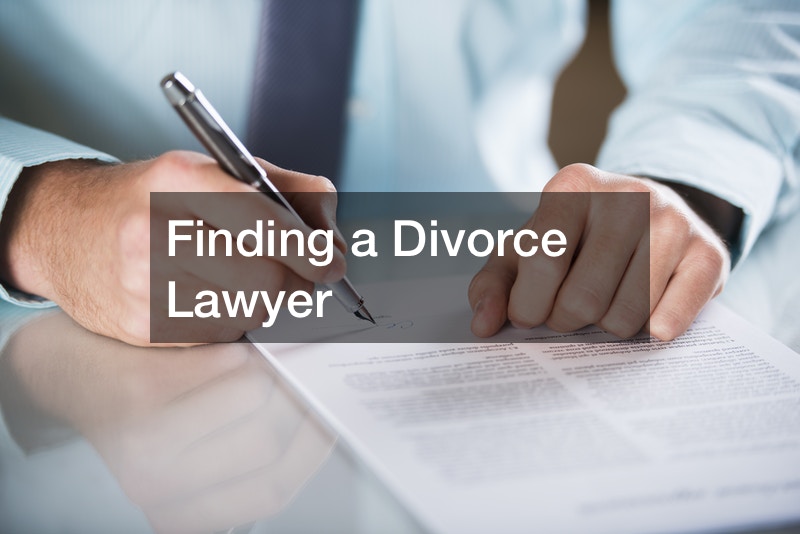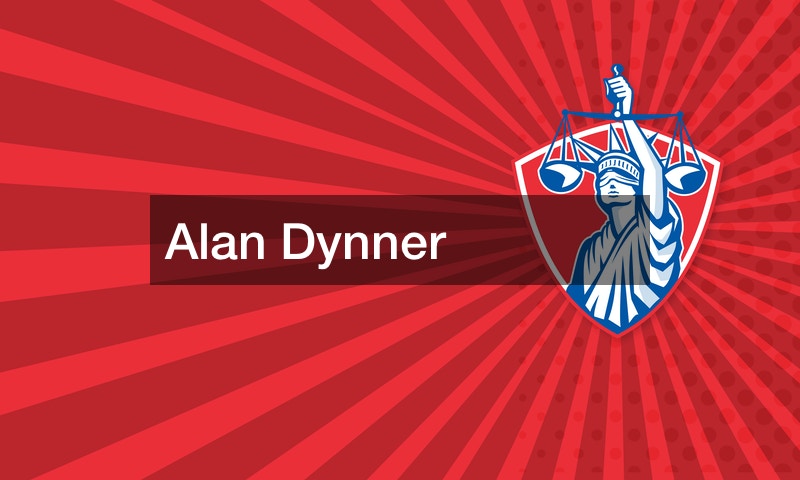
HOA CC&R violations are the bane of every homeowner’s existence. Some homeowners associations (HOAs) are absolutely brutal in finding and enforcing violations of the neighborhood’s covenants, conditions, and restrictions (CC&Rs).
In most neighborhoods, the HOA appoints certain members to watch for CC&R violations. These members make sure that homeowners comply with the CC&Rs and notify the HOA board of any violations. The violations are then investigated and a notice is issued giving the homeowner a specific period of time to cure the violation. If the violation is not cured, the HOA board can approve sanctions against the homeowner. These sanctions usually include a fine that continues until the homeowner remedies the violation. If a fine remains unpaid, the HOA can place a lien against the property. If the homeowner racks up a lien or other violation, the HOA will become a creditor that must be satisfied if the property is ever sold.
The easiest way to avoid the fine is to avoid the CC&R violation in the first place. Most HOAs are unbending in the application of their rules and are unlikely to reverse a violation. Instead of fighting with the HOA, most homeowners find it easier to err on the side of caution and observe the CC&Rs religiously.
Here are some examples of common HOA CC&R violations to watch out for.
Parking Violations

One of the most dangerous HOA CC&R violations is a parking violation. The reason is that the HOA might not limit itself to fining the homeowner for a violation. The HOA could call a tow company and have the non-compliant vehicle towed away. Thus, this violation could end up costing a homeowner hundreds, if not thousands, of dollars in fines, towing fees, and storage fees.
In most neighborhoods, the parking rules are posted on signs in the community. For example, some communities do not permit overnight parking on the street. But in some cases, communities have more obscure parking rules that can lead to HOA CC&R violations. For example, a community could have a rule that requires all vehicles to be parked behind a garage door.
To minimize the risk of violating these CC&Rs, you should always follow the instructions on posted parking signs and keep your car in your garage. If you must park in your driveway for an extended period, make sure you check with your HOA or you might face a violation.
Yard Violations

Another common HOA CC&R violation is a non-compliant yard. Like parking violations, this one is easy for an HOA to enforce because your yard, like your parked car, can be seen from the road. As a result, the HOA does not need to enter your land or home to investigate a violation. Instead, someone from the board can just drive by your yard.
One common yard violation is a yard with uncut grass. Although it might seem silly to police the length of each neighbor’s lawn, this rule has a practical purpose. A yard with uncut grass is more likely to harbor pests, like mice, rats, and snakes. Moreover, an uncut lawn is more prone to drying out and creating a potential fire hazard. Trash can also get caught in long grass, giving the neighborhood a dirty appearance. For all these reasons, HOAs are usually very strict about enforcing CC&Rs about cutting the lawn.
Another common yard violation is a fence that is too high. All CC&Rs, and most building ordinances, place a height limit on fences. There are a few reasons for this. One is that firefighters need to get into your yard if your home is on fire. If your home is protected by 12 foot high razor wire fencing, firefighters might not be able to put out a blaze before you light up the entire neighborhood.
Also, the neighborhood is supposed to have a uniform look. A home surrounded by a high privacy fence might be a blight on the neighborhood.
Finally, the HOA needs to be able to see your home and yard to determine if you are in compliance with the CC&Rs. If you wall off your home, the HOA cannot patrol the neighborhood for CC&R violations.
As a result, you should always check with your HOA before fence installation. Your CC&Rs likely specify the height, location, and materials for your fence. By checking your CC&Rs or calling your HOA before you build your fence, you can avoid the cost of tearing down your new fence to rebuild a compliant one.
Out Buildings
Both CC&Rs and your local building code will specify the size and location for out buildings like small sheds, detached garages, and gazebos. One of the most common HOA CC&R violations is a non-compliant out building.
These rules have several purposes.
- If an out building is too close to the property line, it creates a fire hazard. A fire in your home could jump to the out building and to the neighbor’s home. By spacing out the homes and avoiding intervening out buildings, the risk that a fire will spread uncontrolled is reduced.
- An out building that is too large or located at the front of the property can destroy the visual appearance of the neighborhood. By dictating the location and size of the out buildings, the visual appearance of the neighborhood is preserved and the curb appeal is maintained.
- Zoning laws often dictate how many residences can be located on each lot of land. By controlling the size and location of out buildings, HOA CC&Rs help to enforce the zoning laws that control the number of residences on a lot.
Construction Violations

In many communities, the CC&Rs require permission from the HOA for construction. Beginning construction without obtaining permission first is one of the most common HOA CC&R violations.
The reasons for these rules include:
- Traffic: Construction traffic can interfere with the safety and enjoyment of the other homeowners in the community. Having large trucks blocking roads can inconvenience residents and even create a safety hazard. If you are planning to put in a patio, you will likely need permission from the HOA to have a cement truck blocking the road while you pour your concrete pad.
- Noise: Construction noise can also bother neighbors, especially when construction is occurring in the morning and evening hours. Whether it is the rumbling of trucks, constant roar of generators and compressors running, or sound of jackhammers demolishing pavement, sound can disturb the quiet of the neighborhood.
- Pollution: Large projects that take a long time can produce a lot of pollution. For example, a home addition could take months to complete and literally require tons of materials. Construction can produce wastewater that goes into the storm drains. It can also produce dust that goes into the community’s air. Construction debris can find its way into neighboring yards. All this pollution and trash can disturb neighbors in the community.
Fortunately, unless your home is in a historic district, your HOA probably cannot prohibit you from doing any construction. You are entitled to do your construction work on your property. But you will probably need to get permission from the HOA and agree to limitations imposed by the HOA on the times of the day, days of the week, and duration for your construction project.
Architecture
Here is where some HOAs overreach with their CC&Rs. Many CC&Rs impose architectural requirements on any exterior home improvements you undertake. One of the most common HOA CC&R violations is not passing your building plans by the architectural committee for your HOA.
Some HOAs are so concerned about their architectural standards that they may even impose requirements on the doors and window types you install. Unfortunately, the only way to comply with these architectural restrictions is to choose from the options provided by the HOA.
Alternatively, you could challenge your HOA in court over the restrictions. In some states, your freedom to choose the appearance and functionality of your home will trump the HOA’s reasons for the architectural restrictions. But in most states, a court would likely uphold the HOA’s restrictions on what you can build and how you obtain permission to build it as long as the restriction is non-discriminatory and existed before the community was built.
However, if the restriction was passed after the community was developed, a court may look into the way the CC&R was passed and whether it was passed for an ulterior motive. For example, if the CC&R was passed for a discriminatory purpose, such as to keep disabled people from installing ramps at the front of their homes, a court could invalidate the CC&R.
The way to maintain compliance with this type of CC&R is to review your CC&Rs carefully before you being a new project. If your HOA requires the review of your plans by an architectural review committee, make sure the review is completed before you begin construction. This will minimize the risk that the HOA will disapprove of your designer doors and force you to buy all new doors for your construction project.
Illegal Rentals
In the age of Airbnb, many HOAs have passed new CC&Rs restricting homeowners’ ability to rent out their homes. These short-term rental rules often require that any homeowner renting out their home must sign a lease for a minimum period of time, such as 6 months. Any lease shorter than 6 months is void or voidable by the HOA.
HOAs have also begun passing CC&Rs prohibiting homeowners from using homes as hotel rooms. This restriction is broader than the short-term rental rules because it includes AirBNB rentals that only take up part of the home or only include the RV parked in the driveway.
And if you think you can get around these restrictions by building a home improvement that adds a mother-in-law apartment or guest house that is outside the scope of the CC&Rs, think again. Most CC&Rs have rules about multiple residences in a single home. This prevents homeowners from turning their home into a group home, apartment building, or bed and breakfast.
Pet Violations

One of the most common HOA CC&R violations is a violation of the community’s pet rules. Most communities have some form of pet restrictions including:
- The number of pets allowed on the premises. If you exceed the number of pets, the HOA can charge you with a violation of the CC&Rs.
- The type of pets allowed on the premises. If you plan to keep goats or pot-bellied pigs, you should review your CC&Rs or talk to your HOA board. Your community might not allow you to keep these pets even if your city permits it.
- Cleaning up after your pets. If you walk your dogs and leave their poop in your neighbor’s yard, expect to receive a CC&R violation. Similarly, if you do not clean up your dog’s poop from your own yard, and the smell creates a health hazard or nuisance, your HOA will probably send you a notice of violation.
Trash Cans
Probably the most common of HOA CC&R violations is also the most trivial. Most HOAs place restrictions on when you can put your trash cans out for collection and where you must store your trash cans. If you leave your trash cans on the curb too long, put your trash cans out too early, or put your trash cans on the side of your home rather than your garage, your HOA could send you a violation.
The easiest way to avoid this violation is to do what your neighbors do. If they put their trash cans out after 6 p.m. the night before garbage day, follow suit. If they take them in before 6 p.m. on garbage day, do the same. If everyone keeps their trash cans in their garage, do likewise.
Following the CC&Rs is easy. But it may require you to learn the CC&Rs and swallow your pride on occasion. HOA CC&Rs are treated as law by most states, so you must comply.




